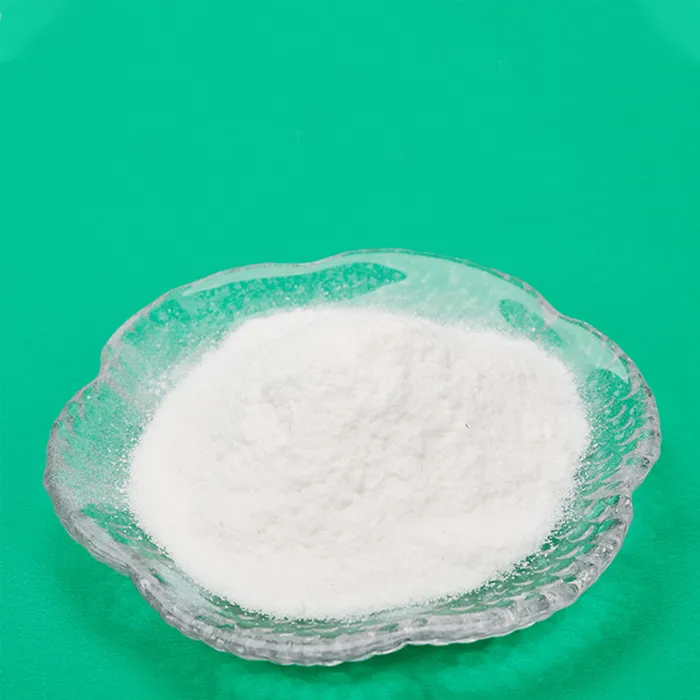Disinfecting Drinking Water The Role of Chemicals in Ensuring Safety
Disinfection is a critical step in ensuring the safety of drinking water. In many parts of the world, access to clean water is a significant challenge, and safeguarding this vital resource is essential for public health. Various chemicals are employed to disinfect drinking water, the most common of which include chlorine, chloramine, ozone, and ultraviolet (UV) light. This article explores these disinfectants, their effectiveness, and their potential byproducts, shedding light on their crucial roles in water treatment.
Chlorine The Most Widely Used Disinfectant
Chlorine has been the cornerstone of water disinfection since the early 20th century. Its effectiveness in killing bacteria, viruses, and other pathogens is well-established, making it the go-to choice for municipal water treatment facilities. Typically, chlorine is added to water in the form of sodium hypochlorite, calcium hypochlorite, or chlorine gas.
Once introduced into water, chlorine reacts with organic and inorganic substances, forming chlorinated compounds. While chlorine is effective at eradication of harmful microorganisms, it is important to keep in mind the potential formation of disinfection byproducts (DBPs). These byproducts, such as trihalomethanes (THMs) and haloacetic acids (HAAs), can pose health risks when consumed in large quantities over a long period.
Chloramine A Safer Alternative
In light of the concerns associated with chlorination, some water treatment facilities have started using chloramine as a secondary disinfectant. Chloramine is formed by combining chlorine with ammonia, offering a more stable and longer-lasting disinfectant effect in the water distribution system. It is particularly effective against bacteria, with a reduced formation of harmful disinfection byproducts compared to chlorine.
Chloramine serves two significant purposes maintaining water quality over long distances in distribution pipes and providing ongoing microbial protection. However, it is important to analyze the impact of chloramine on certain vulnerable populations. Individuals with certain health conditions, such as those requiring dialysis, must use specific precautions as chloramine can interfere with the dialysis process.
what chemical is used to disinfect drinking water

Ozone A Powerful Oxidant
Ozone (O₃) is another powerful disinfectant gaining popularity in water treatment processes. Ozone is a gas that, when bubbled through water, acts as a strong oxidizing agent. It is highly effective at killing pathogens, and it degrades rapidly, leaving no disinfectant residual—making it less likely to produce harmful byproducts.
One of the significant drawbacks of ozone is its tendency to be less stable than chlorine or chloramine during transportation and storage, necessitating on-site generation for it to be effective. As a result, its use is often limited to specific situations, such as in bottled water production, wastewater treatment, or in conjunction with other methods in large water treatment facilities.
Ultraviolet (UV) Light A Non-Chemical Method
Beyond chemical treatments, ultraviolet light is increasingly being utilized as an effective disinfectant method. UV disinfection works by transmitting UV light at a specific wavelength through water, penetrating the cell walls of microorganisms and disrupting their DNA, rendering them incapable of reproduction and infection.
The significant advantage of UV disinfection is that it leaves no residual chemicals in the water. However, it does not provide residual protection in the distribution system, leading to the necessity for another form of disinfection (like chloramine or chlorine) if water is stored or transported over long distances.
Conclusion
Ensuring the safety of drinking water is paramount for public health, and the selection of disinfectants plays a crucial role in this process. Each chemical used for disinfection has its advantages and disadvantages, and the choice often depends on the specific needs of a community. As water treatment technology continues to evolve, balancing effective disinfection, minimizing harmful byproducts, and ensuring water quality will remain a significant challenge for water treatment facilities worldwide. As we face increasing pressures from climate change, population growth, and environmental degradation, maintaining access to safe drinking water will be more important than ever.

